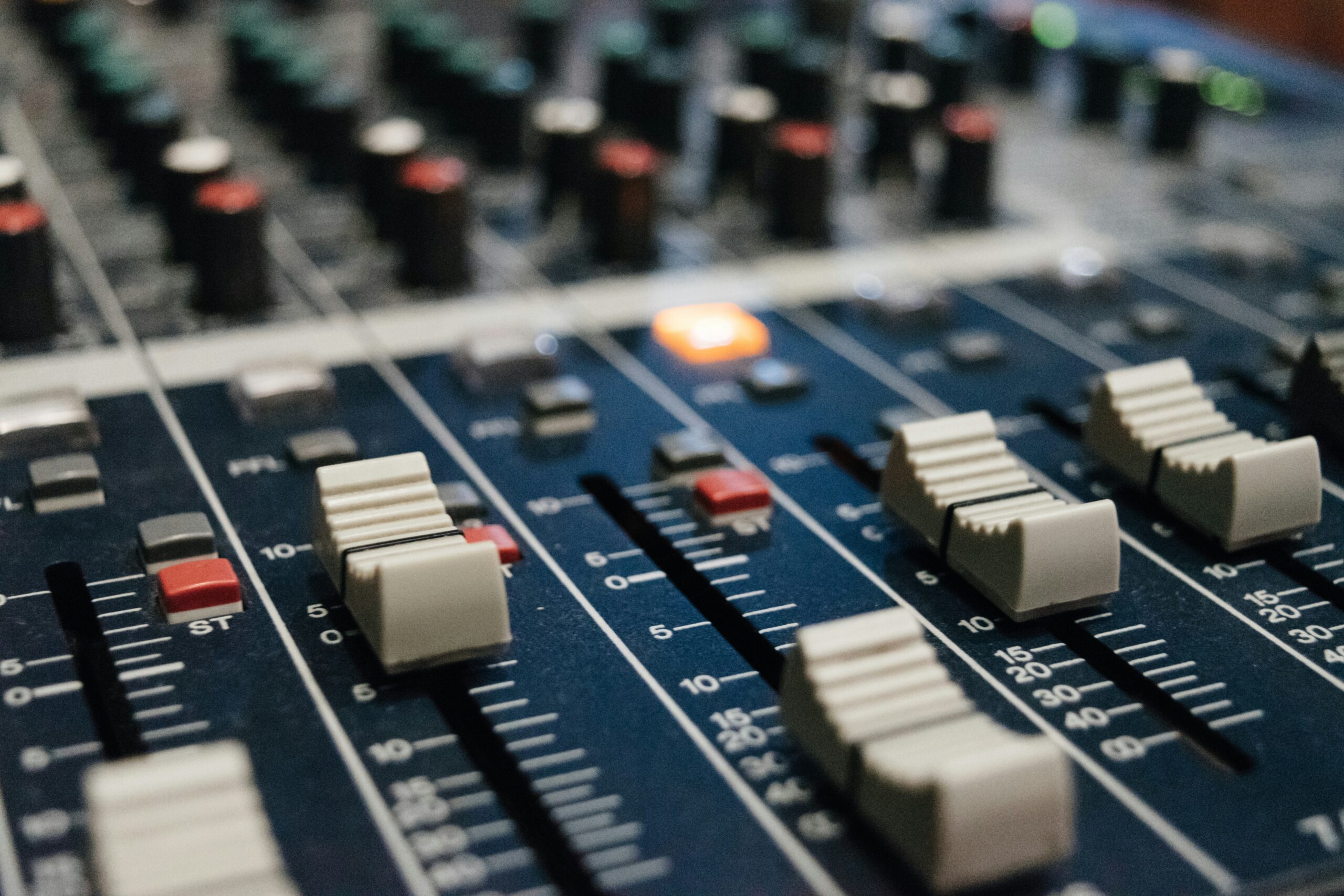 In modern communication systems, front-end equipment plays a crucial role in ensuring that satellite signals are properly received, processed, and delivered for local use. This article delves into the key components of a front-end system, focusing on satellite reception equipment, television modulators, and mixers. Each of these components is vital to the smooth operation of a satellite TV system, and understanding their functions and types can help in optimizing the overall performance of the system.
In modern communication systems, front-end equipment plays a crucial role in ensuring that satellite signals are properly received, processed, and delivered for local use. This article delves into the key components of a front-end system, focusing on satellite reception equipment, television modulators, and mixers. Each of these components is vital to the smooth operation of a satellite TV system, and understanding their functions and types can help in optimizing the overall performance of the system.
1. Satellite Reception Equipment
The primary role of satellite reception equipment is to receive satellite channel signals for local use. This equipment consists of several parts, including the satellite dish, low-noise block downconverter (LNB), feedhorn, feedline, and satellite receiver.
- Satellite Dish: The satellite dish is designed to capture signals from satellites. Based on the placement of the feedhorn, satellite dishes can be classified into three types: prime focus antennas, offset antennas, and Cassegrain antennas. Additionally, based on their working principle, they can be categorized into parabolic reflector antennas, Cassegrain antennas, Gregorian antennas, and spherical reflector antennas.
- Low-Noise Block Downconverter (LNB): The LNB is mounted on the satellite dish and is responsible for receiving the microwave signals reflected by the dish, amplifying them, and converting them into lower-frequency signals that can be transmitted via the feedline to the receiver.
- Feedhorn and Feedline: The feedhorn gathers the signals from the dish and directs them to the LNB. The feedline then transmits these signals to the satellite receiver.
- Satellite Receiver: This device decodes the signals received and converts them into a format that can be displayed on a television screen.
2. Television Modulators
Television modulators are essential for converting video and audio signals into radio frequency (RF) signals that comply with specific broadcasting standards. The process involves several stages, including video processing, synchronization, modulation, and filtering.
There are two main types of television modulators:
- Direct Modulation: In direct modulation, the video and audio signals are directly modulated onto the carrier frequency. This type of modulator is characterized by its simple circuitry and low cost. However, it has limitations, such as poor frequency stability, inferior video and audio quality, and difficulty in achieving high-quality residual sideband filtering. Direct modulators are typically used in non-critical systems where adjacent channel transmission is not a concern.
- Intermediate Frequency (IF) Modulation: In IF modulation, the video and audio signals are first modulated onto an intermediate frequency (IF) before being upconverted to the final RF signal. This method allows for better filtering and signal quality, making it suitable for systems requiring high-frequency stability and low out-of-band emissions. IF modulators often use surface acoustic wave filters (SAWF) to improve residual sideband characteristics, achieving a suppression of unwanted emissions by ≥60dB. They are ideal for adjacent channel transmission systems.
3. Mixers
Mixers are used to combine the RF signals from different modulators into a single output for transmission. They can be categorized by their functionality and construction.
- Broadband Mixers: Broadband mixers are the most commonly used type and are constructed by reversing the function of a splitter or distribution amplifier. These mixers are ideal for adjacent channel systems due to their wide frequency range, flat response within the band, and high isolation between inputs. However, they can have significant insertion loss, often necessitating the use of amplifiers at the output to compensate.
- Filter-Type Mixers: Filter-type mixers use filters to combine signals from different frequency bands or channels. They offer precise control over the frequency response and are suitable for systems where signal separation is critical.
Additional Equipment in Front-End Systems
Beyond the primary components, a front-end system may also include:
- Antenna Amplifiers: Used to boost the signal strength from the satellite dish before it reaches the receiver.
- Channel Amplifiers: Amplify specific channels to ensure uniform signal strength across all received channels.
- Channel Converters: Convert signals from one channel to another for proper transmission or processing.
- Signal Processors: These devices enhance the quality of the received signals by reducing noise and improving signal clarity.
- Pilot Signal Generators: Generate reference signals that help in tuning and aligning the system.
A well-designed front-end system for satellite reception is essential for delivering high-quality television broadcasts. By understanding the roles and types of satellite reception equipment, television modulators, and mixers, one can optimize the performance and reliability of a satellite TV system. Whether you’re setting up a simple home system or a more complex broadcasting setup, the components discussed here form the backbone of any successful installation.




